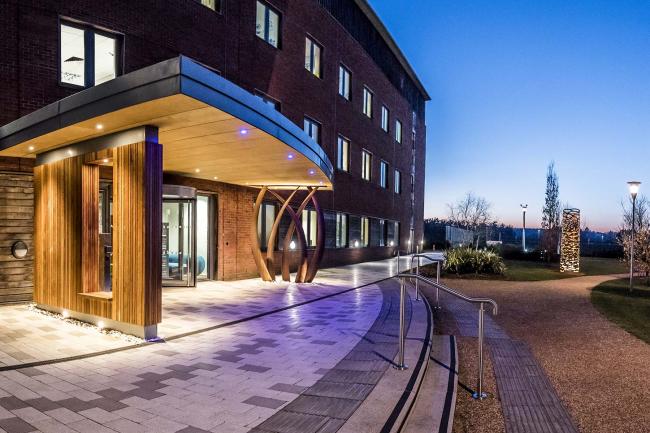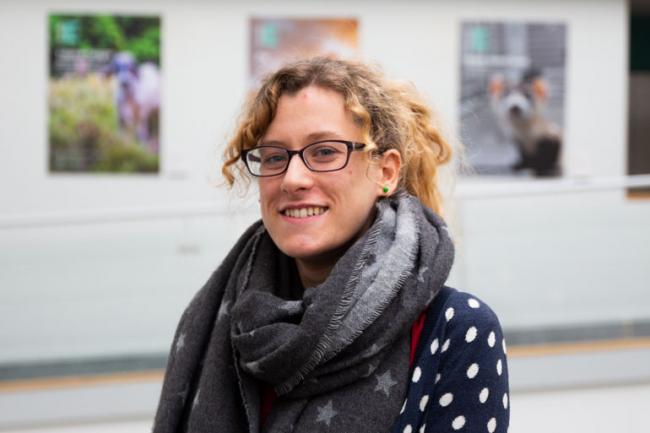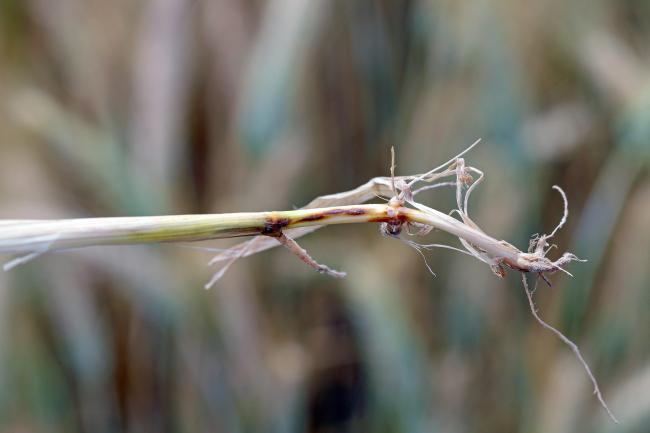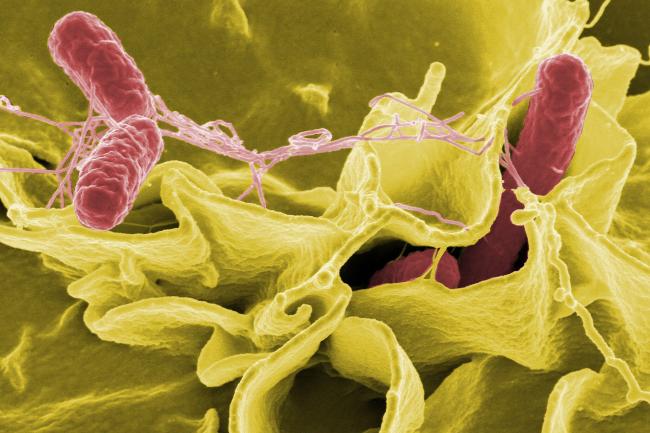Biography
Chris Quince has pioneered techniques to reduce sequencing noise and the application of methods such as shotgun metagenomics to microbial communities. This cutting-edge approach fragments and sequences all of the genomes in a microbiome – quite literally taking a shotgun approach – and these are then reconstructed using sophisticated computational approaches. The methods to reconstruct sequence fragments back into metagenome assembled genomes (MAGs) have been significantly advanced by Quince.
He has used these metagenome techniques and analysis methods, in conjunction with his wide network of collaborators, to address urgent clinical questions, such as trialling new treatments for paediatric Crohn’s disease and understanding what drives antimicrobial resistance (AMR) in the gut microbiome.
Dr Quince’s research at EI focuses on:
- Improving methods for metagenome strain resolution incorporating novel long-read technologies and library preparation, as well as plans to extend his methods for metagenome binning to eukaryotes such as fungi.
- Developing novel microbiome analysis methods enabling strain phenotype prediction from MAGs, mechanistic approaches for integration of multi-omics and models for microbial community assembly.
- Carrying out large-scale microbiome data analyses, continuing his previous work on AMR, anaerobic digestors and pediatric Crohn’s disease.
- Commencing the Global Challenges Research Fund GastroPak project, which aims to determine the sources of non-viral gastroenteritis in Pakistan.
Having started his career as a PhD student in Theoretical Physics, where he studied ecosystem models at the University of Manchester, Chris quickly sought to move away from purely theoretical work. Following time in Arizona and Toronto, he took up a fellowship to model microbial communities at the University of Glasgow.
Intrigued by the potential of next generation sequencing to profile microbiomes, Quince taught himself bioinformatics and went on to demonstrate that ‘sequencing noise’ was creating huge amounts of diversity in apparently simple microbial communities (Quince et al. Nature Methods 2009). He then developed some of the first tools for removing noise from amplicon sequences, enabling far more accurate estimates of diversity in microbial communities ranging from deep sea vents to the human gut.













